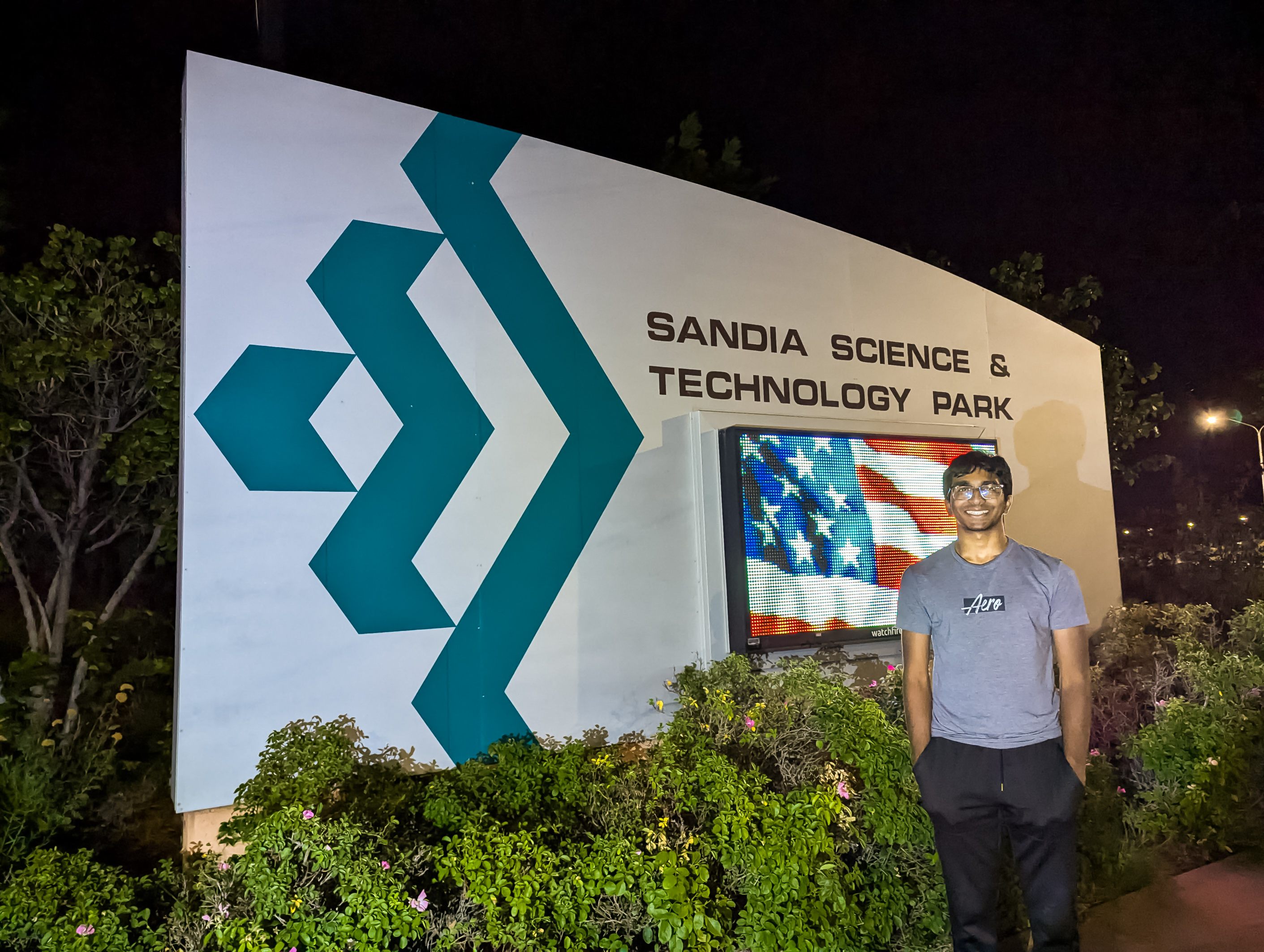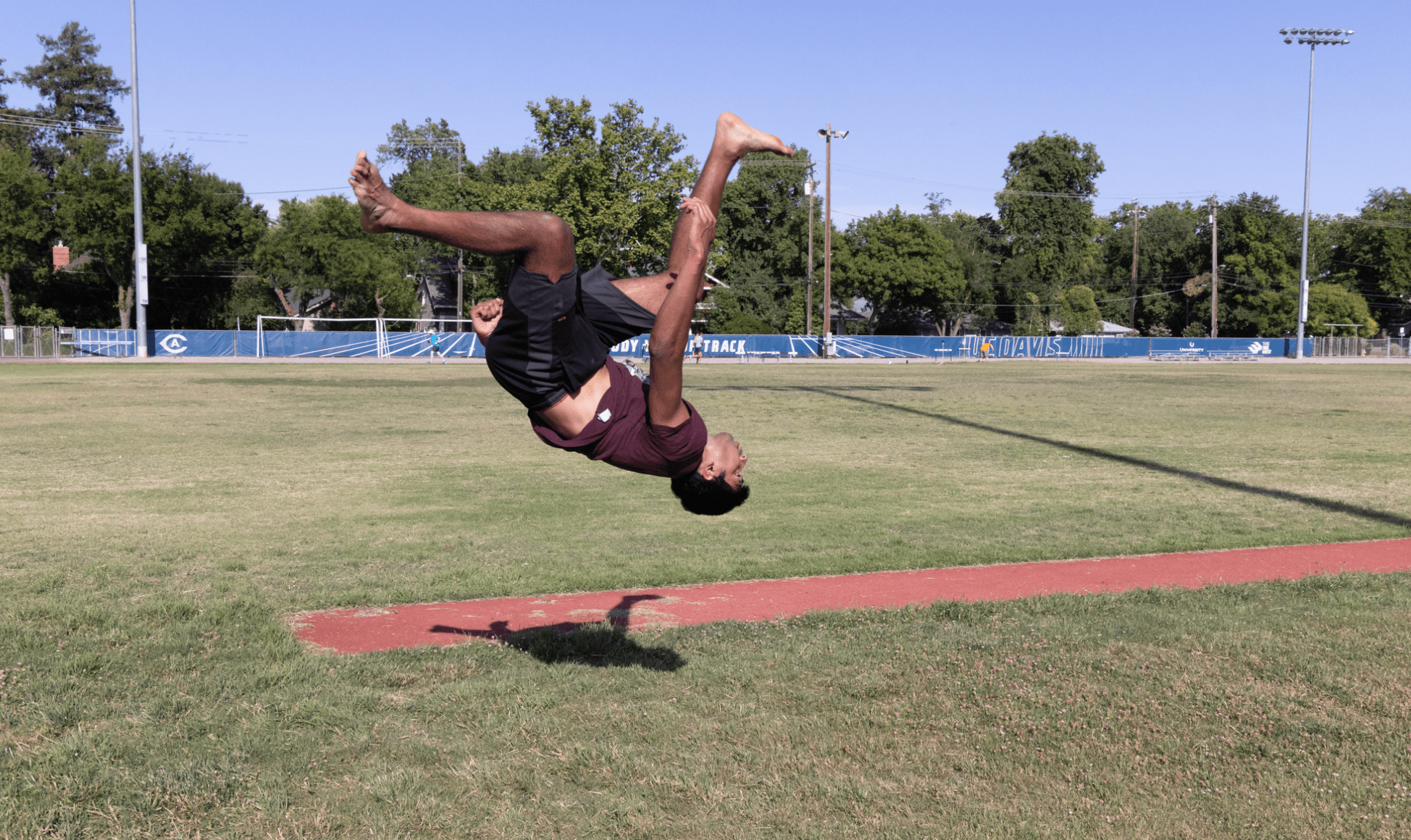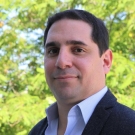
Piecing Together Undergraduate Life
Ayush Saha, a fourth-year computer science and engineering major, entered the University of California, Davis, after spending his senior year of high school going to therapy and recovering from a traumatic brain injury. He went from constant familial support to being all on his own, which made him feel like his life had shattered into a million pieces.
But he decided he wasn’t going to let his fear and anxiety overcome him. Saha has put the pieces of his life back together while navigating his college experience by pursuing hobbies and using computer science to better the world, one dataset at a time.
Teaching, Teamwork and Taking Initiative
The first place Saha looked to improve was in the classroom. During his first set of computer science classes, he noticed that students were struggling because there were so many students and only one professor who couldn’t address all the students' issues. Saha spoke to the professor, and they came up with a solution: Saha would make video guides that summarized the course material for all students to access and learn from.
“They quickly became very popular, and hundreds of students started to use them,” said Saha. “Not only that, but I also gathered a small team of other students who started helping me with producing these video guides, and we were able to really spread our outreach.”
The videos were hosted on several UC Davis Canvas pages and offered step-by-step help for tricky computer science concepts, like the recursion programming technique and instream/outstream language features in C++.
“It showed me that having a great impact on the world and other people was not so difficult,” said Saha. “It just required a little bit of an outlook and some leadership and initiative. This gave me the confidence that I really could do great things.”
This was just the tip of the iceberg for Saha. He also joined two labs on campus. In the Jaller Lab, led by Professor of Civil and Environmental Engineering Miguel Jaller, Saha worked on an algorithm that identifies emergency routes in areas that face natural disasters. He also led a team of nine students in building a machine learning model that could predict the next time and place where a natural disaster could happen.
Saha also worked with Assistant Professor of Mechanical and Aerospace Engineering Shima Nazari in the UC Davis Control, Optimization, Robotics and Electrification Lab, who challenged him to understand how mathematics and artificial intelligence can be used to model problems in vehicle dynamics.
“One aspect of becoming a better engineer is about learning core concepts and mathematical formulas from your courses. But there's another aspect that is about applying those formulas to solve real-world problems. My greatest lesson was how to break apart such problems into many, many tiny pieces, and then rearrange and reformulate them to construct new solutions,” said Saha.

His ability to build transformative real-world solutions in this manner was further supported by his position as a software engineering intern at Sandia National Laboratories. His task was to build an algorithm that could predict the lifespan of their batteries, challenging him in new ways.
The algorithm that Saha architected was a custom physics-informed neural network, which used physics to determine how batteries age and was applied to predict the lifespan of various battery models, even without a lot of data. Since there was a lot of missing information, this challenged Saha to think beyond what he normally would and break the problem into smaller pieces to make a functioning algorithm.
Solving this problem boosted his confidence even more, and it showed him he could defeat any problem that came at him, no matter how difficult. Now, he hopes to apply this to change the world.
“It really demonstrates that huge change that I took from coming into college as a student who had just suffered a brain injury into someone who had a dream to help address the world's flaws,” said Saha.
Training Mind and Body
Saha’s perseverance and ability to take apart his problems and put them back together span not only his academic and professional life, but also his personal life. In fact, he has discovered a passion as a gymnast and acquired a talent for performing high-flying and complex stunts on solid floors.
“I joined Club Gymnastics at UC Davis, and I found a lot of like-minded students who also love jumping and flipping around,” said Saha.

This past winter, Saha competed in the gymnastics club’s Winter Wonderland competition and won second place. He has also joined the Cross Country and Track Club at UC Davis, which has helped him keep a clear mind during long days of algorithm building.
“I figured that a 30-minute run in the morning and the one-hour evening workout would be very efficient for helping overcome that mental fog and keeping very sharp and fast focus levels for my academic work,” said Saha.
Now, Saha has put the final piece together with an artificial intelligence engineering internship at Volkswagen Group of America. He is building a large language model to automate the process of creating tickets for customer complaints.
“I called my journey 'pieces' because that’s how I felt in the beginning: fragmented,” said Saha. “But over time, I started putting those pieces together through community, opportunity and dedication. And I’m still putting the pieces together — one project, one challenge, one innovation at a time.”






